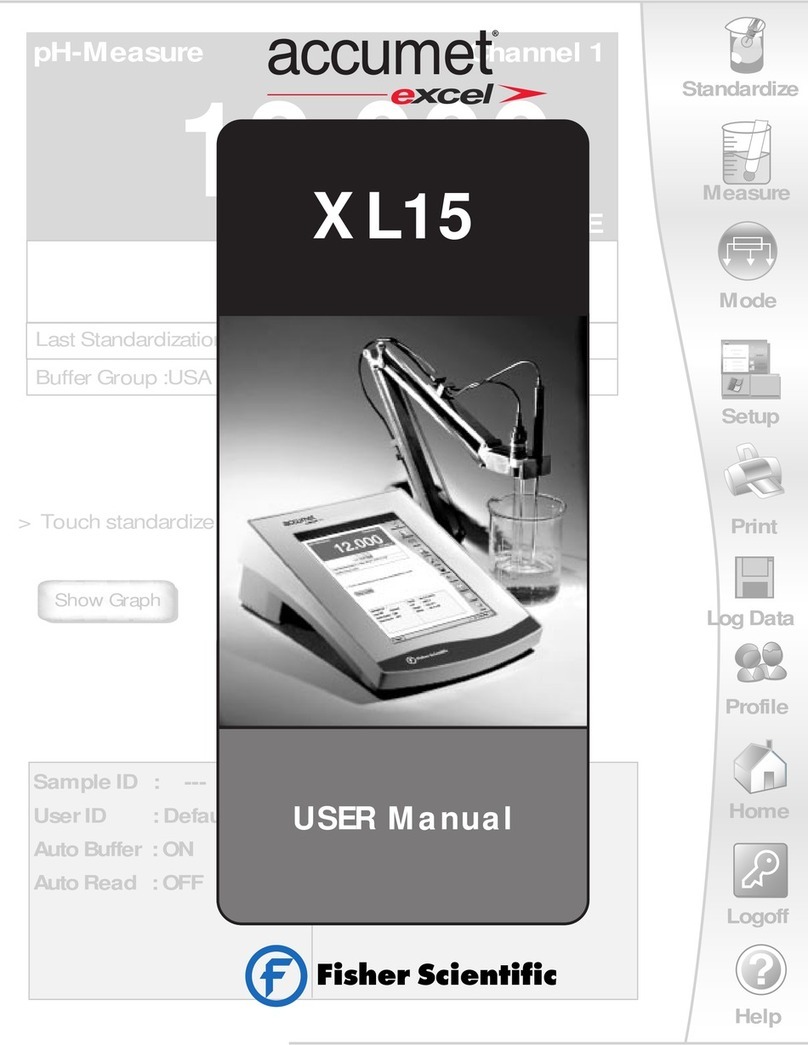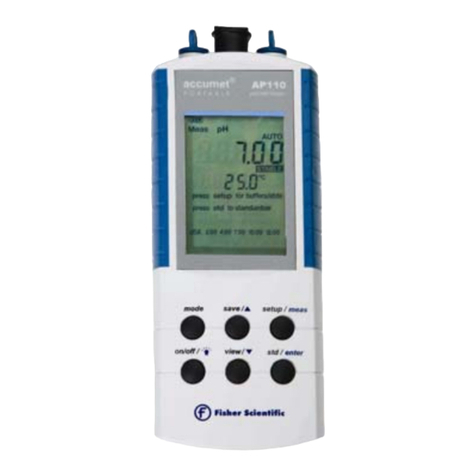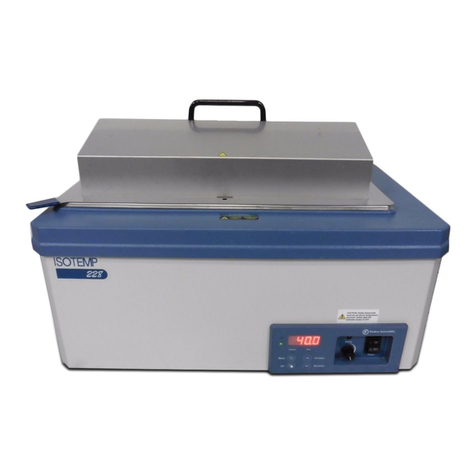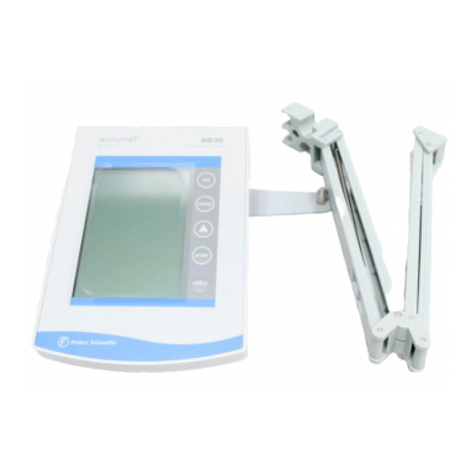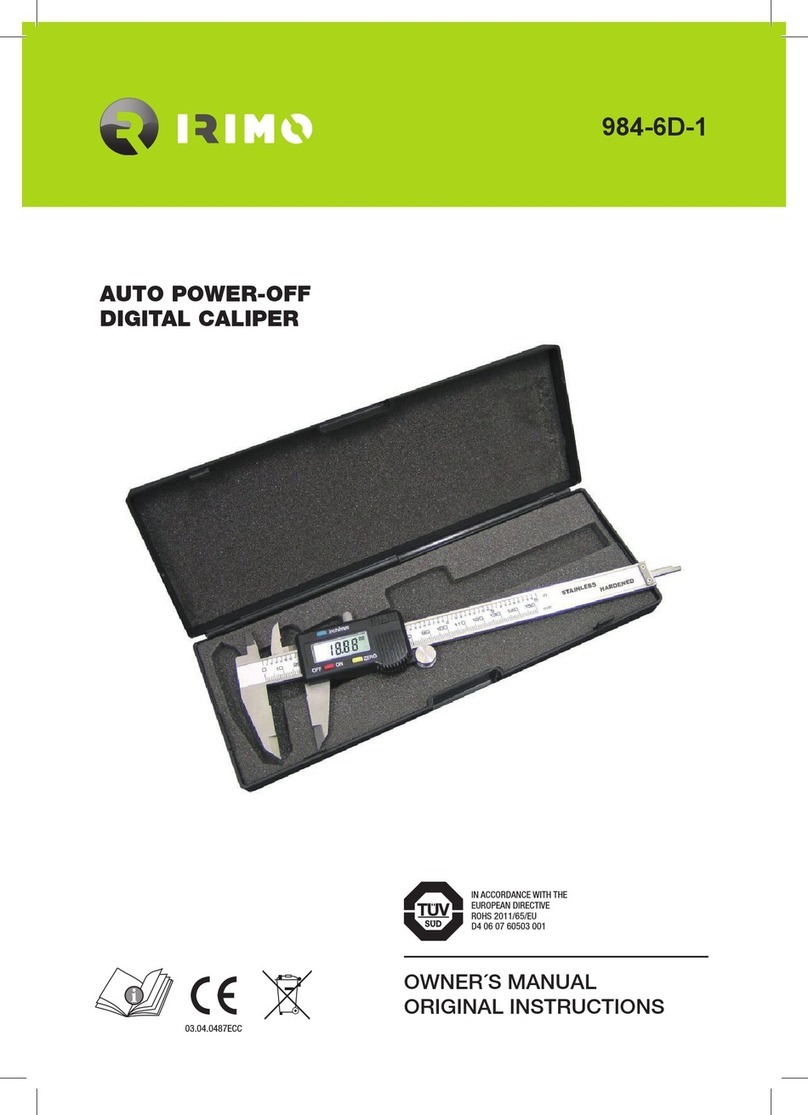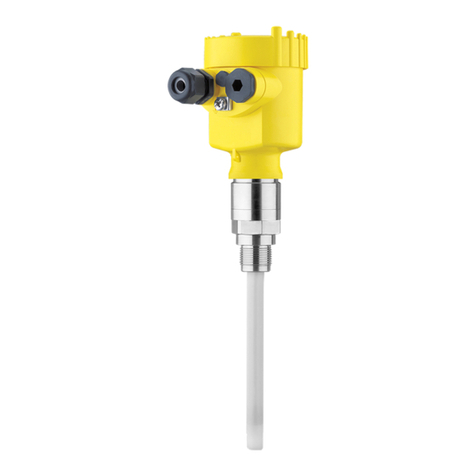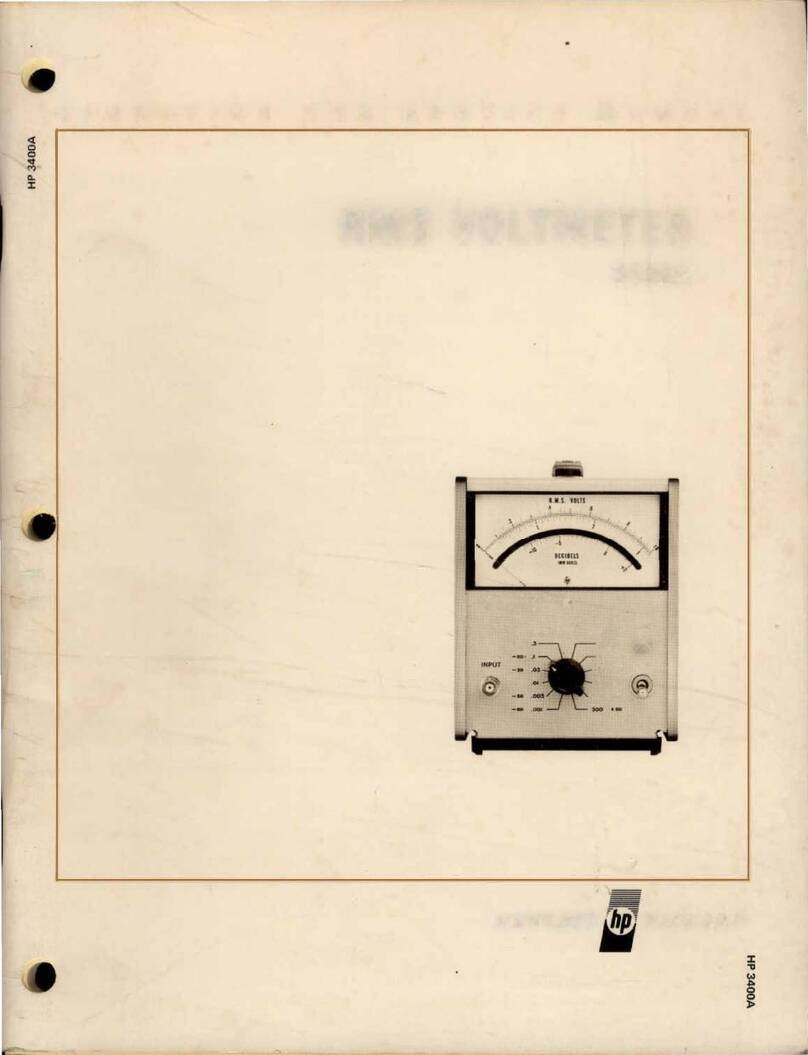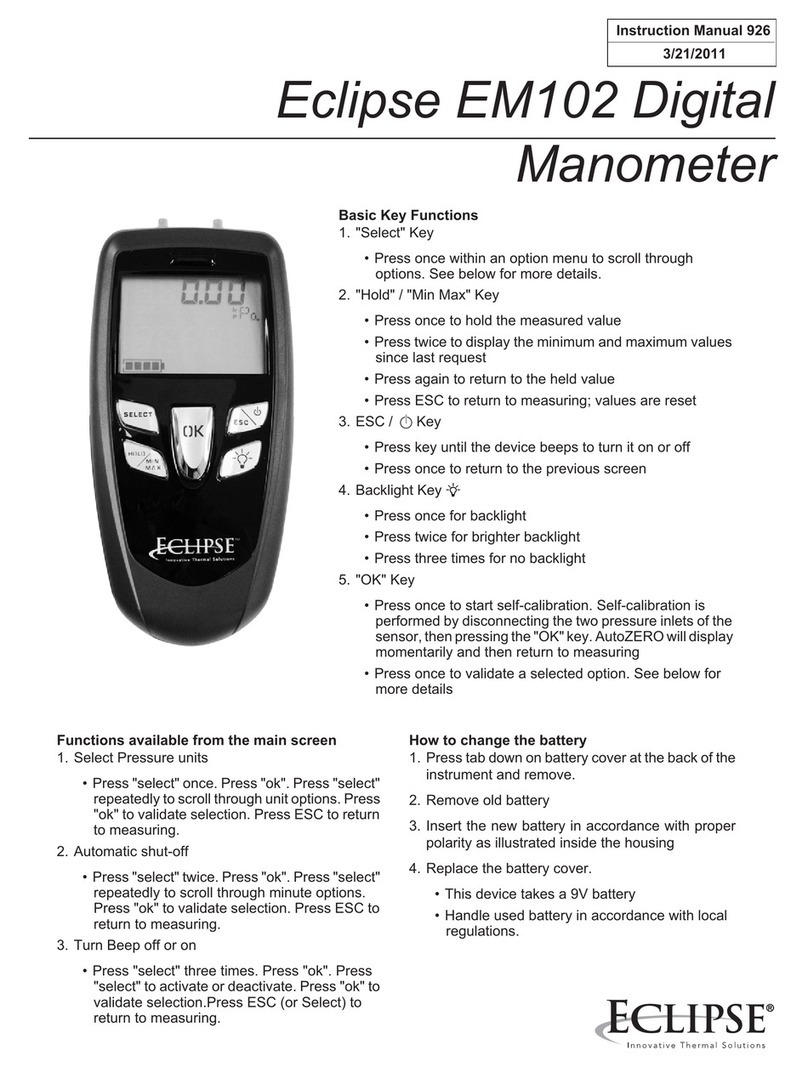
accumet AE150 pH Benchtop Meter
2 of 28 www.fishersci.com
Table of Contents
Introduction...........................................................................................................................3
Display ..............................................................................................................................4
Keypad..............................................................................................................................5
Rear Instrument Panel.......................................................................................................6
Meter Start Up.......................................................................................................................7
Connecting Electrodes and Accessories............................................................................7
Connecting the Electrode Holder (Optional).......................................................................8
Meter Preparation Prior to Calibration................................................................................9
Meter Setup Functions.....................................................................................................10
P1.0 Clear Memory Program .......................................................................................10
P2.0 View Electrode Diagnosis Program......................................................................11
P3.0 Select pH Buffer Standard Program.....................................................................12
P4.0 Meter Reset Program ..........................................................................................13
Calibration...........................................................................................................................14
pH Calibration..................................................................................................................14
mV Calibration.................................................................................................................17
Temperature Calibration..................................................................................................18
Measurements....................................................................................................................19
Temperature Compensation............................................................................................19
pH or mV Measurements.................................................................................................20
HOLD Function............................................................................................................20
Storing and Recalling Data from Memory ........................................................................21
pH Electrode Maintenance..................................................................................................22
After Use Storage............................................................................................................22
Electrolyte Replacement (for refillable electrodes only)....................................................22
Electrode Cleaning and Rejuvenation..............................................................................23
Troubleshooting Guide........................................................................................................24
Error Messages...............................................................................................................24
General Troubleshooting.................................................................................................24
Additional Information .........................................................................................................25
pH and Temperature .......................................................................................................25
Use of Standard pH Buffers.............................................................................................25
Standard pH Buffers........................................................................................................25
Meter Specifications........................................................................................................26
Ordering Information........................................................................................................27
Warranty..........................................................................................................................28
